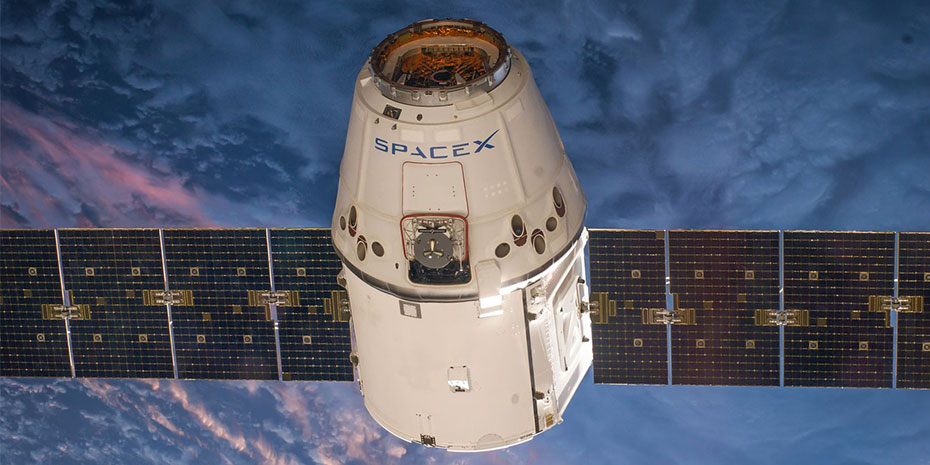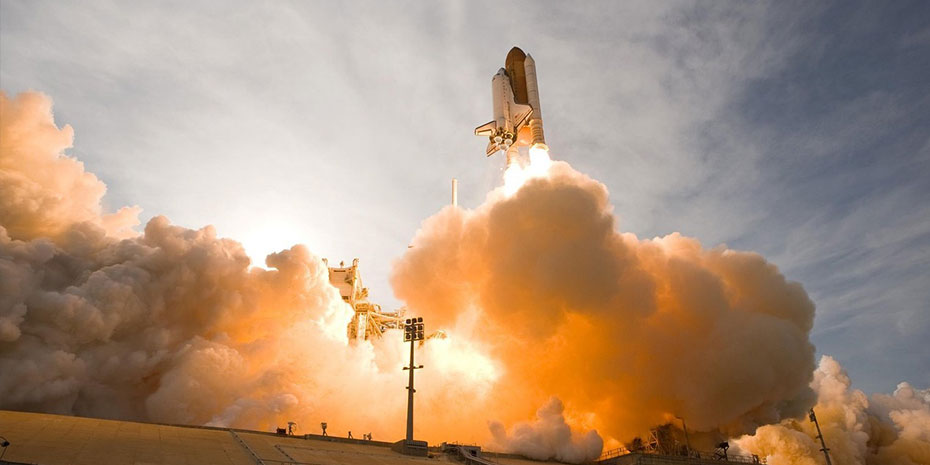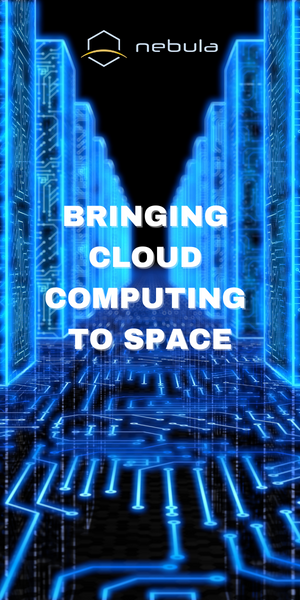A Look Back at the 2022 Space Symposium with Dr. Namrata Goswami
| 758
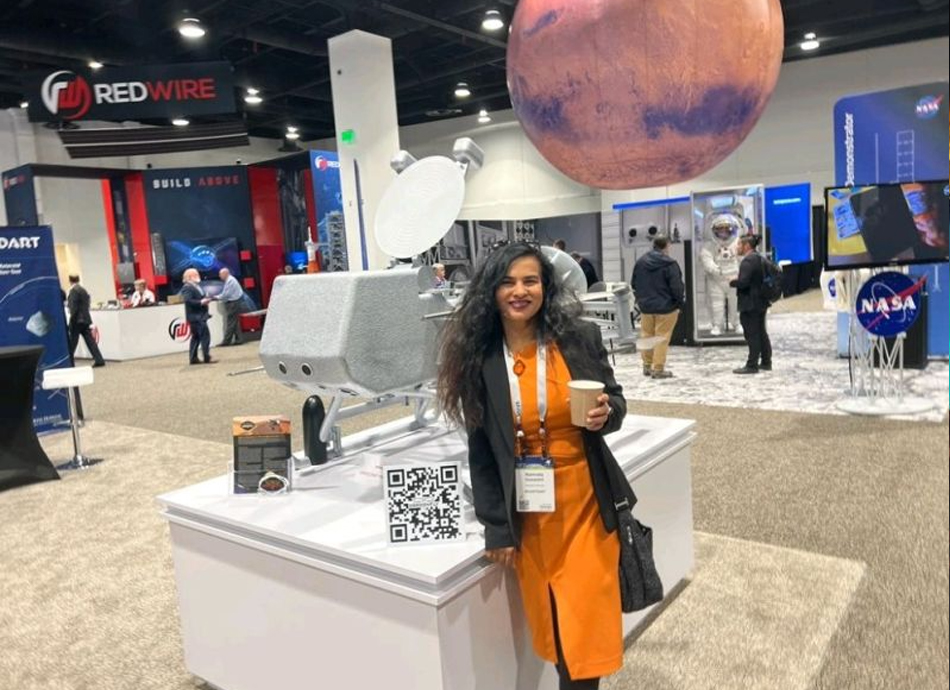
Dr. Namrata Goswami in the Exhibition Hall at the 2022 Space Symposium in Colorado Springs.
Photo Courtesy of Dr. Namrata Goswami.

Since 1985 space industry experts and scholars have traveled across the world to attend the annual Space Symposium. Explorers and visionaries wander through endless exhibits, presentations, panels, discussions, and business ventures learning the latest in space governance, space resources, and space technology. This year, space policy expert Dr. Namrata Goswami attended the 37th Space Symposium in Colorado Springs and shares her exclusive review with Nebula Media.
1) From your perspective, what is the 2022 Space Symposium? To the amateur, to the enthusiast, to the professional?
The Space Symposium is one of the largest and most important events on space globally, hosted by the Space Foundation at The Broadmoor Resort in Colorado Springs. It focuses on big policy speeches given, for example, by the Deputy NASA Administrator, the U.S. Air Force Secretary, and the Space Force Commander. Besides that, there are several panel discussions on issues critical to an understanding of space, be it space governance, cutting-edge space technologies, commercial space, space debris, and space traffic management, as well as global space partnerships. I believe the venue that hosts about 10,000 attendees is a great way to network, share ideas and create a common understanding of which space issues are of critical importance as we move forward. For business and space entrepreneurs, this is a gathering of established space companies and government officials that enables entrepreneurs to meet with them, without having to make separate trips. For the amateur, the Space Symposium might not be the venue because it does go into the nuts and bolts of how space policy and decisions are made and the high costs of registration may prove cost prohibitive. The exhibit hall may be of interest. Space enthusiasts may not find panels geared towards long-term future space technologies and aspirational goals of living and working in space. The event is definitely aimed toward space professionals and traditional space development. It provides a window into big policy ideas, where the resources are currently and in the short term, and definitive statements about what government organizations are committed to and the changes and continuity in major space programs.
2) What is your experience with the Space Symposium? How many years have you attended and how have you been involved? Why do you attend?
The 2022 Space Symposium is my first time as a participant at the Space Symposium. I was invited to speak at the 2020 36th Space Symposium but the event was canceled due to the COVID-19 pandemic.
The reason I accepted an invitation to speak at the Space Symposium in 2020 and attended the event this year is because of my research work on space policy, and international relations. The Space Symposium offers an excellent venue to interact across different sectors, be it government, military, commercial, working, thinking and building new space platforms. I was not disappointed.
3) You mentioned this year’s event had multiple generations of attendees which hasn’t been the case in previous years. Can you explain why this is significant?
The Space Symposium is viewed as an event for government attendees and legacy space systems, with companies like Boeing and Lockheed Martin dominating. Interestingly, this year, I could see there were more attendees from different backgrounds, including several space startups, and young entrepreneurs, especially women entrepreneurs. This suggests a growing interest in space across different generations. The atmosphere felt vibrant with new energy and a lot of enthusiasm for space and how it could contribute to the betterment of humanity. Diverse talent and human interactions open our minds to different perspectives and are key factors in space innovation, space technology, and space governance. This was a significant revelation from all my interactions at the symposium.
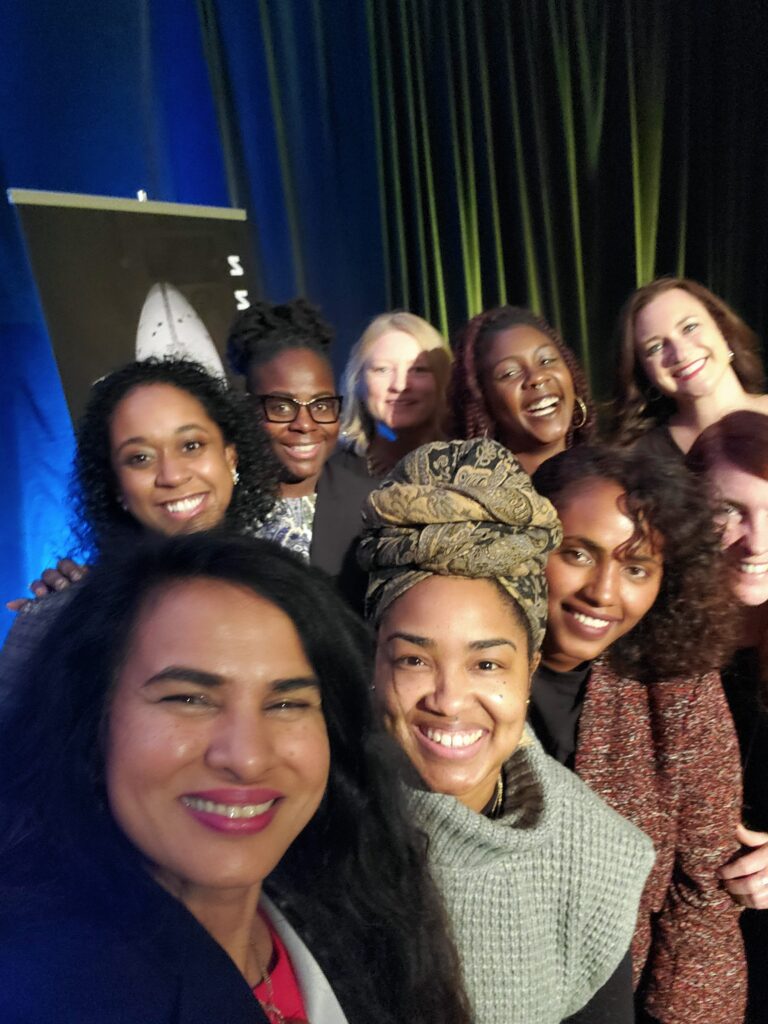
The 2022 Space Symposium. Photo Courtesy of Dr. Namrata Goswami.
4) The Space Generation Fusion Forum is focused on bringing young professionals in the space industry together to network and solve problems. Do you have any affiliation with them? Why is this a key component of space technology development?
I do not have an affiliation with them but I met several of the attendees and participants of the Space Generation Fusion Forum. The space industry depends on young professionals who are passionate about and understand it can play a key role in combating climate change through its weather forecasting satellites, Earth Monitoring Satellites, and technologies like
Space-Based Solar Power promises 24 hours of clean solar energy from space.
Innovation can only happen with such interactions and honestly, in my perspective, we have not even touched the edge of what is out there in our vast cosmos. Humans have been more or less limited to
Low Earth Orbit (LEO) and have yet aspired to go beyond, including accessing the vast resources of space.
Consequently, it is vital that seasoned space professionals work with the up-and-coming generations to build a successful space ecosystem with resources and proven systems. I believe that the Space Generation Fusion Forum offered such a venue and truly reflected the diversity of the space workforce and of the younger generation.
5) What is the significance of the space symposium in the US and in the global arena?
The event offers a great venue for commercial and government space professionals to come together, share ideas and build and/or strengthen collaborative space-based partnerships. Diverse panel discussions and its exhibit center are useful in understanding what other nations prioritize in their space programs and what they are doing. Attendees came from Asia, Europe, Africa, and Latin America.
6) The event lasted six days and offered many panels. Did you attend for all six days? How did you choose which to attend and why?
I had teaching duties until April 4 with Arizona State University and attended from April 5 onwards. I attended most of the big policy speeches in order to get a sense of how the U.S. is visualizing space, and what could be its future priorities. I was interested in the panels focused on space debris, commercial astronauts, military space, norms, and planetary defense as well as emerging space powers and workforce development. I work on understanding space policy, opportunities, and challenges. Hence, I particularly chose these panels.
I was surprised there were no panels on China, India, or Russia: the three current major powers in space. Forming a strategic sense of the landscape of space is difficult without understanding their space programs.
7) Hard Question: What would you consider to be the single most important takeaway from the symposium?
The most important takeaway for me is that the space ecosystem is vibrant and there is a growing interest in space across the different generations.
That said, navigating different government restrictions in investing and collaborating toward space development, and forging meaningful partnerships, can sometimes be hard due to a lack of resources and substantive understanding of space law and national regulations. In one of my conversations with a European space startup company member, it became clear that the U.S. space ecosystem is far more open to new ideas and new space startups relative to others, like Europe.
8) After hearing from the panelists and networking, what do you think will have the most impact on the space industry this year?
These will have the most impact: a global systemic set of regulations to manage space traffic management and space debris, a U.S. ASAT ban, and multiple new space companies demonstrating efficient technologies to support both space-based communications, and space presence.
Another future impact is the growing role of the commercial space industry and its contribution to both state and non-state activities like space stations, space tourism, private astronauts, private and commercial space travel, island, and resource utilization.
9) What are leading space industry experts saying about a future space-based economy? What is a space-based economy?
Leading space experts indicate that the global space economy which is about USD 400 billion dollars today will grow to about USD 1 trillion by 2040. If we include the utilization of space-based resources like lunar and asteroid resources, that could be several trillion dollars.
Today, the space economy is built on communications, navigation, weather forecasting, and private commercial satellite launches and space launches. In the next 15 to 20 years, space-based resources like solar power, asteroid resources, like platinum, and titanium, and space computation could contribute to a highly profitable integrated space-terrestrial economy.
10) How do you think space will affect American citizens in the next several years? The global citizen?
Space will affect the American citizen directly through the space economy, which already plays such a critical part in everyday life now. The Global Positioning System (GPS) are satellite-based communication service critical to weather forecasting services and air and sea. In the next several years, space will become an open arena for robotics, Artificial Intelligence, space tourism, space-based data hubs, and private and commercial space stations. All will increase American interest and dependency on space services and presence.
Globally, space will have similar effects as more and more countries adopt space as part of their critical infrastructure. Unlike during the Cold War (1945-1991), there are currently 72 countries with space programs that recognize the economic and societal benefits space brings to its people.
11) Take us through the exhibit hall? What do you see?
When I first walked into the exhibit hall, I thought: “This is astoundingly large and well represented.” There were companies from the United States, Australia, Japan, and the United Kingdom.
Exhibits highlighted missions to Mars, lunar missions, space-based solar power, space stations, space launch systems, robotics, 3D printing, laser cross-link communications, and so much more. Australia is a new entrant to the space program vision and established its space program in 2018. There were 42 Australian companies in the exhibition hall. Interestingly, several companies showcased software for space traffic management.
Demonstrations of the exciting technologies for in situ resource utilization, lunar and asteroid mining, and in-space assembly and manufacturing were not present, however. I did not see representation from space companies based in Africa or Asia, except Japan.
12) What was most inspiring?
It was most inspiring to see how interest in space, especially entrepreneurial space, beyond legacy companies or NASA supported enterprises has grown. The networking events were filled with young generation space entrepreneurs connecting with older generation space entrepreneurs. It was inspiring to see the large presence of women in the symposium as well.
13) What do you think the US needs to do to maintain the lead in space technology development?
The U.S. needs to critically visualize where it wants to be in space technology in the next ten years.
Will it be a repeat of the 1960s lunar programs, which landed humans on the Moon but built no infrastructure?
First, the U.S. needs to articulate its vision to maintain space leadership.
Second, the U.S. needs to articulate why it is important for it to maintain space leadership in the 21st century and how the space enterprise is different from the 20th century.
Third, the U.S. must go beyond just the Artemis program and establish a space infrastructure model where it builds partnerships with countries across Asia, Africa, and Europe and invests its resources in such an enterprise.
Fourth, the U.S. must take leadership in creating global norms for space traffic management, space debris removal, and ensuring free and open access to space.
14) What is the biggest challenge to the US Space program based on what you learned from the event?
The biggest challenge to the U.S space program is the absence of a policy and inspirational speech about why the U.S. must maintain its leadership in space and why that matters to geopolitics in the 21st century.
The second biggest challenge is a failure to anticipate the seriousness and capabilities of key competitors in space like China and Russia; that their goals and ideological ambitions are different from the U.S. and they aspire to challenge a U.S.-led world order.
There was no serious policy analysis of Russia’s space capacities and what the Russian invasion of Ukraine on 24 February 2022 meant for a U.S.-led international order. There was no discussion on the challenges this presents for space leadership and freedom. Unfortunately, the analysis of China and Russia was limited to a tactical anti-satellite threat and missed the larger geostrategic importance of their space programs to pursue economic and coalitional development of space.
15) What is your role in the space community as an independent scholar and author? What does it mean to consult and advise?
I offer independent assessments of U.S. space policy, the space ambitions of major space powers like Russia and China, as well as emerging space nations. Through my teaching, articles, books, and consultancy, I offer the space community insight based on years of research on the impact government space policies have on the nation itself, in relation to other nations and the private sector.
I also offer an in-depth analysis of China and India’s space programs, which countries’ space programs are critical to space development, and how this all could play out given the global nature of space. Such insights are critical to forming a well-rounded understanding and vision of why certain space goals need to be prioritized through policy and funding, and whether or not to partner with other nations or businesses in the commercial space sector.

Dr. Namrata Goswami
Senior Analyst, Academic Entrepreneur, Author:
Scramble for the Skies: The Great Power Competition to Control the Resources of Outer Space
Have great space content? Do you know someone who does?
Let us know. Email info@nebulamedia.space

